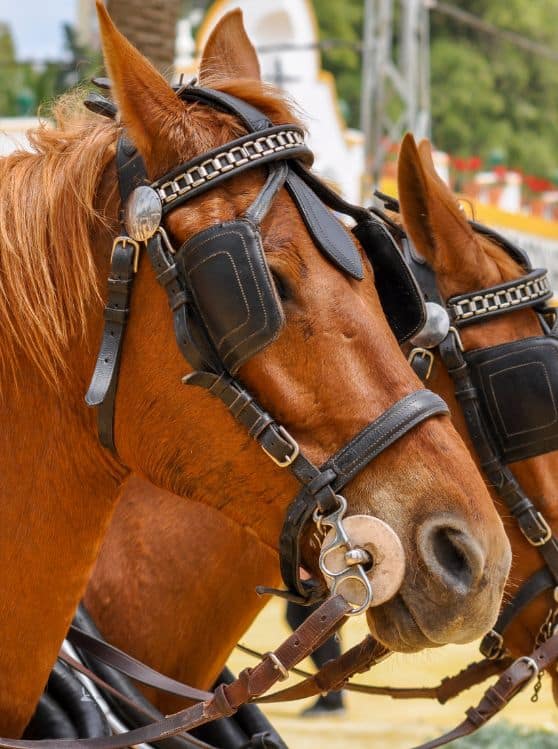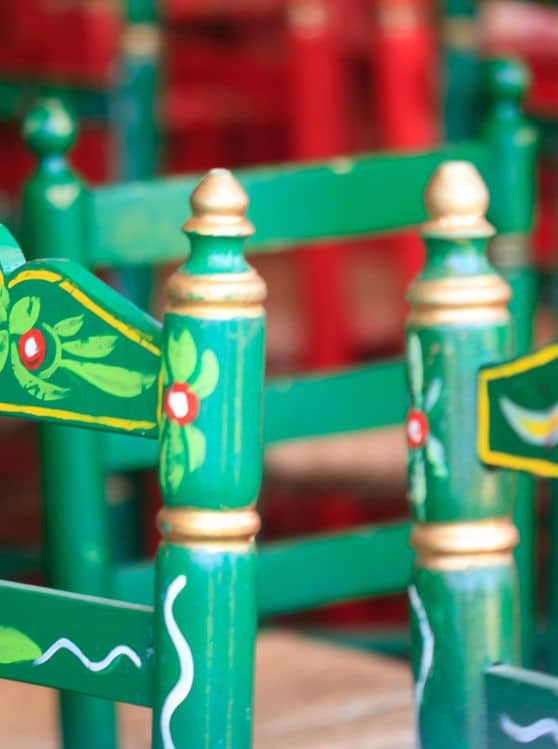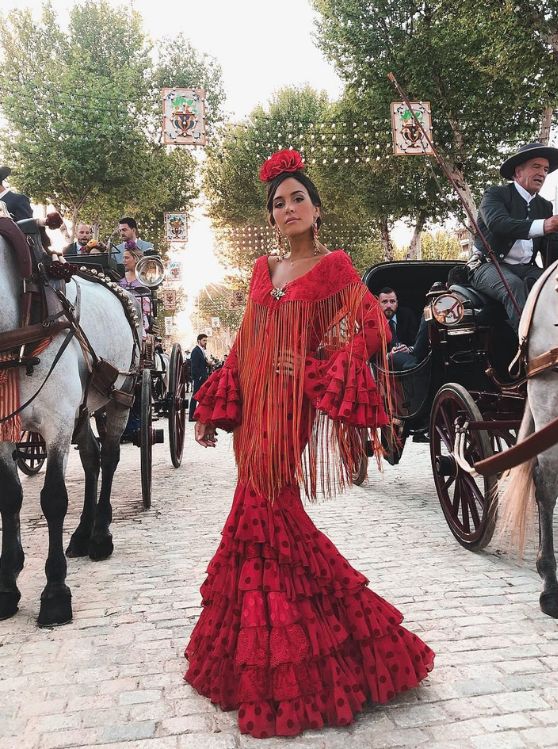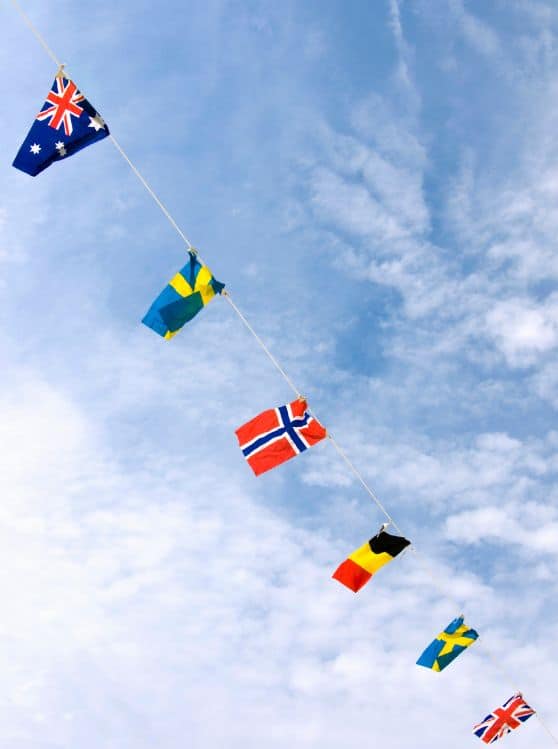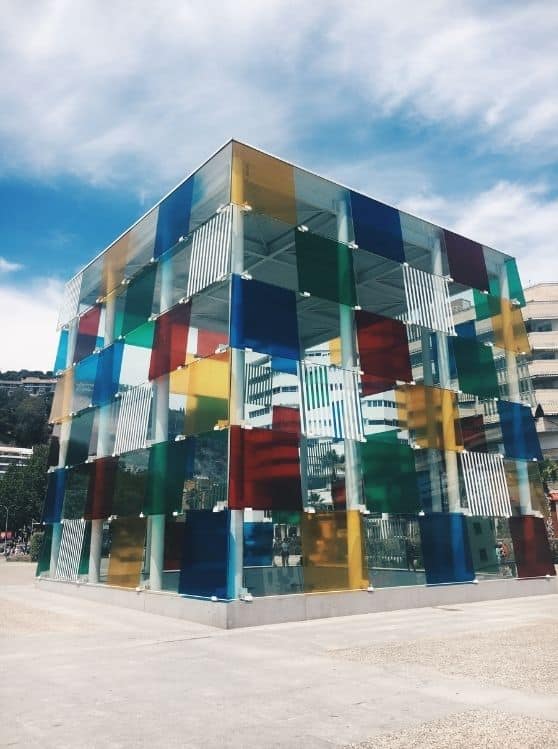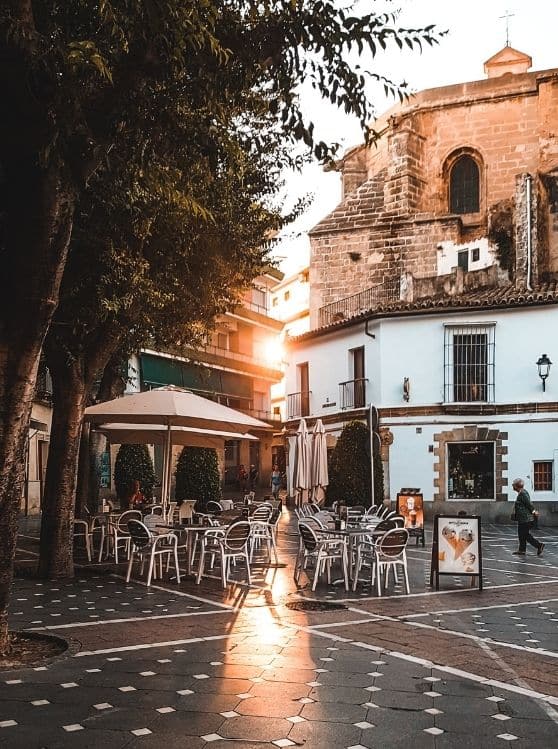Although it’s only been a popular tourist destination since the 1960s, the Costa del Sol is rich in history, having been inhabited by the Phoenicians around 770BC. It later became an important outpost for the Roman Empire and they have left some amazing sites to explore.
As if this wasn’t enough, the region became the capital of the Taifa of Malaga, which gave rise to the spectacular Moorish architecture throughout the region. Finally came the Catholics, as part of the Reconquista. Sadly they destroyed a lot of the great mosques, but built wonderful churches, cathedrals and shrines in their place to demonstrate their faith. A visit to the Costa del Sol can be a trip back through time and by visiting the stunning buildings and settlements stretching back to the 1st Century AD you can learn a lot about the region’s fascinating history.
Last but not least, you can’t talk about culture in Andalucia without talking about flamenco! Flamenco is a passionate, moving music and dance form which was born here and has become one of Spain’s global exports. Visiting the Costa del Sol allows you to see great flamenco live, learn to dance it at one of the great local schools and see it in action as part of the region’s awesome ferias.
In this section we are going to choose some cultural and historical highlights which you can incorporate into your next holiday. We have grouped them into three sections:

